Lene Nielsen的“十步人物角色法”
- 教育
- 2年前
- 317
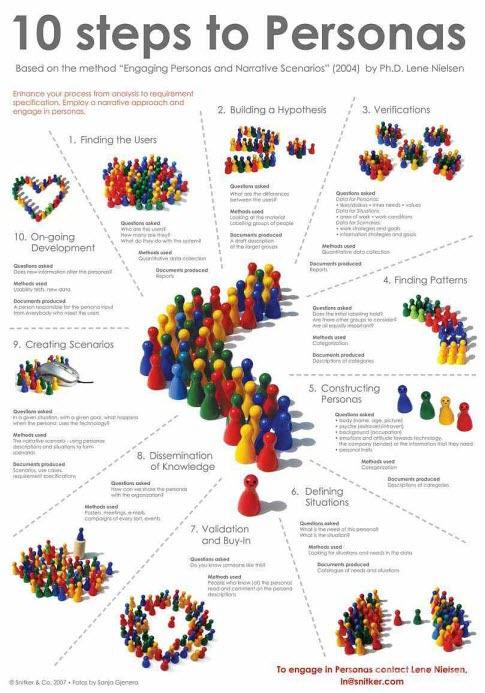 |
1. Finding the users 发现用户
目标: 谁是用户?有多少?他们对品牌和系统做了什么?
使用方法: 数据资料分析
输入物: 报告
2. Building a hypothesis建立假设
目标: 用户之间的差异都有什么
使用方法: 查看一些材料,标记用户人群。
输出物: 大致描绘出目标人群。
3. Verifications调研
目标:关于persona调研(喜欢/不喜欢,内在需求,价值)。关于场景的调研(工作地环境、工作条件),关于剧情的调研(工作策略和目标、信息策略和目标)。
使用方法:数据资料收集。
输出物:报告。
4. Finding patterns发现共同模式
目标:是否抓住重要的标签?是否有更多的用户群?是否同等重要?
使用方法:分门别类。
输出物:分类描述。
5. Constructing personas构造虚构角色
目标:基本信息(姓名、性别、照片)。心理(外向、内向)。背景(职业)。对待技术的情绪与态度,其他需要了解的方面。个人特质等。
使用方法:分门别类。
输出物:类别描述。
6. Defining situations定义场景
目标:这种persona的需求适应哪种场景?
使用方法:寻找适合的场景。
输出物:需求和场景的分类。
7. Validation and buy-in复核与买进(可忽略)
Questions asked: Do you know someone like this?
Methods used: People who know (of) the personas read and comment on the persona descriptions
8. Dissemination of knowledge知识的散布(可忽略)
Questions asked: How can we share the personas with the organization?
Methods used: Fosters meetings, emails, campaigns of every sort, events.
9. Creating scenarios创建剧情
目标:在设定的场景中,既定的目标下,当persona使用品牌的技术的时候会发生什么?
使用方法:叙述式剧情,使用persona描述和场景形成剧情。
输出物:剧情、用户案例、需求规格说明
10. On-going development持续的发展
Questions asked: Does the new information alter the personas?
Methods used: Usability tests, new data
Documents produced: A person responsible for the persona input from everybody who meet the users.
 |
1. Finding the users 发现用户
目标: 谁是用户?有多少?他们对品牌和系统做了什么?
使用方法: 数据资料分析
输入物: 报告
2. Building a hypothesis建立假设
目标: 用户之间的差异都有什么
使用方法: 查看一些材料,标记用户人群。
输出物: 大致描绘出目标人群。
3. Verifications调研
目标:关于persona调研(喜欢/不喜欢,内在需求,价值)。关于场景的调研(工作地环境、工作条件),关于剧情的调研(工作策略和目标、信息策略和目标)。
使用方法:数据资料收集。
输出物:报告。
4. Finding patterns发现共同模式
目标:是否抓住重要的标签?是否有更多的用户群?是否同等重要?
使用方法:分门别类。
输出物:分类描述。
5. Constructing personas构造虚构角色
目标:基本信息(姓名、性别、照片)。心理(外向、内向)。背景(职业)。对待技术的情绪与态度,其他需要了解的方面。个人特质等。
使用方法:分门别类。
输出物:类别描述。
6. Defining situations定义场景
目标:这种persona的需求适应哪种场景?
使用方法:寻找适合的场景。
输出物:需求和场景的分类。
7. Validation and buy-in复核与买进(可忽略)
Questions asked: Do you know someone like this?
Methods used: People who know (of) the personas read and comment on the persona descriptions
8. Dissemination of knowledge知识的散布(可忽略)
Questions asked: How can we share the personas with the organization?
Methods used: Fosters meetings, emails, campaigns of every sort, events.
9. Creating scenarios创建剧情
目标:在设定的场景中,既定的目标下,当persona使用品牌的技术的时候会发生什么?
使用方法:叙述式剧情,使用persona描述和场景形成剧情。
输出物:剧情、用户案例、需求规格说明
10. On-going development持续的发展
Questions asked: Does the new information alter the personas?
Methods used: Usability tests, new data
Documents produced: A person responsible for the persona input from everybody who meet the users.
 |
1. Finding the users 发现用户
目标: 谁是用户?有多少?他们对品牌和系统做了什么?
使用方法: 数据资料分析
输入物: 报告
2. Building a hypothesis建立假设
目标: 用户之间的差异都有什么
使用方法: 查看一些材料,标记用户人群。
输出物: 大致描绘出目标人群。
3. Verifications调研
目标:关于persona调研(喜欢/不喜欢,内在需求,价值)。关于场景的调研(工作地环境、工作条件),关于剧情的调研(工作策略和目标、信息策略和目标)。
使用方法:数据资料收集。
输出物:报告。
4. Finding patterns发现共同模式
目标:是否抓住重要的标签?是否有更多的用户群?是否同等重要?
使用方法:分门别类。
输出物:分类描述。
5. Constructing personas构造虚构角色
目标:基本信息(姓名、性别、照片)。心理(外向、内向)。背景(职业)。对待技术的情绪与态度,其他需要了解的方面。个人特质等。
使用方法:分门别类。
输出物:类别描述。
6. Defining situations定义场景
目标:这种persona的需求适应哪种场景?
使用方法:寻找适合的场景。
输出物:需求和场景的分类。
7. Validation and buy-in复核与买进(可忽略)
Questions asked: Do you know someone like this?
Methods used: People who know (of) the personas read and comment on the persona descriptions
8. Dissemination of knowledge知识的散布(可忽略)
Questions asked: How can we share the personas with the organization?
Methods used: Fosters meetings, emails, campaigns of every sort, events.
9. Creating scenarios创建剧情
目标:在设定的场景中,既定的目标下,当persona使用品牌的技术的时候会发生什么?
使用方法:叙述式剧情,使用persona描述和场景形成剧情。
输出物:剧情、用户案例、需求规格说明
10. On-going development持续的发展
Questions asked: Does the new information alter the personas?
Methods used: Usability tests, new data
Documents produced: A person responsible for the persona input from everybody who meet the users.


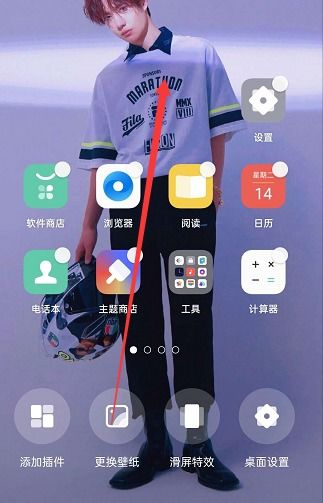

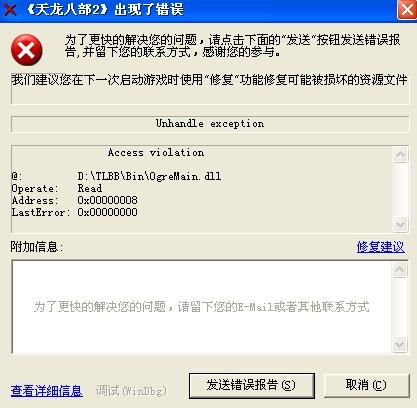




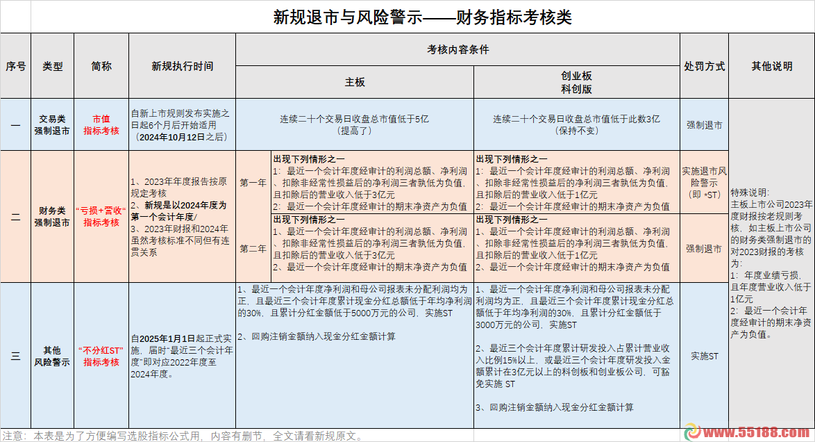
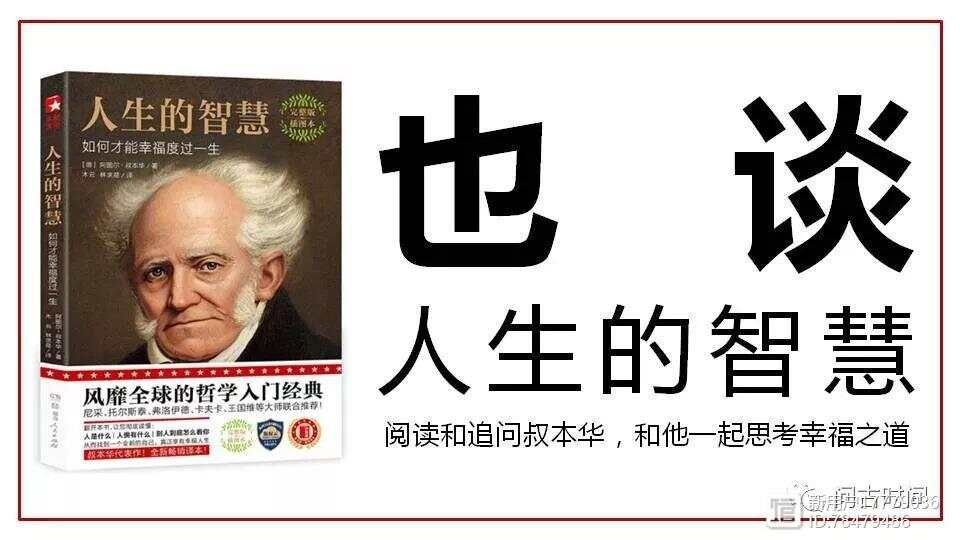

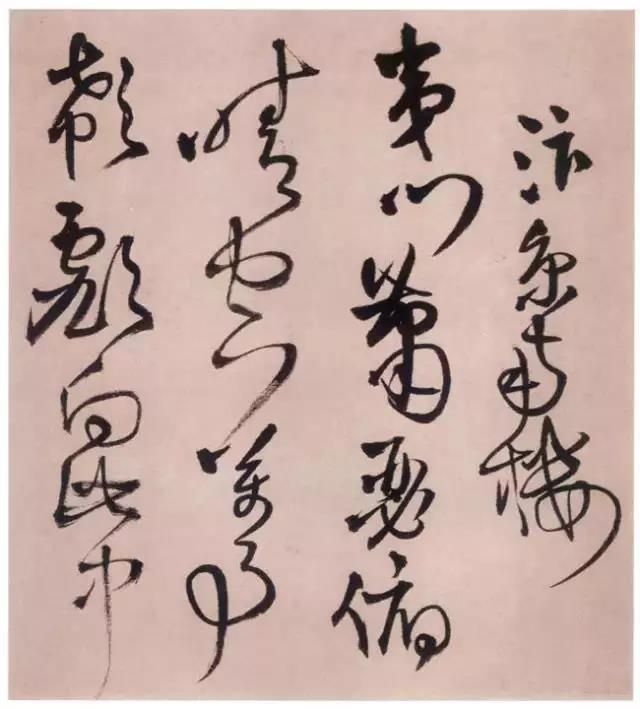


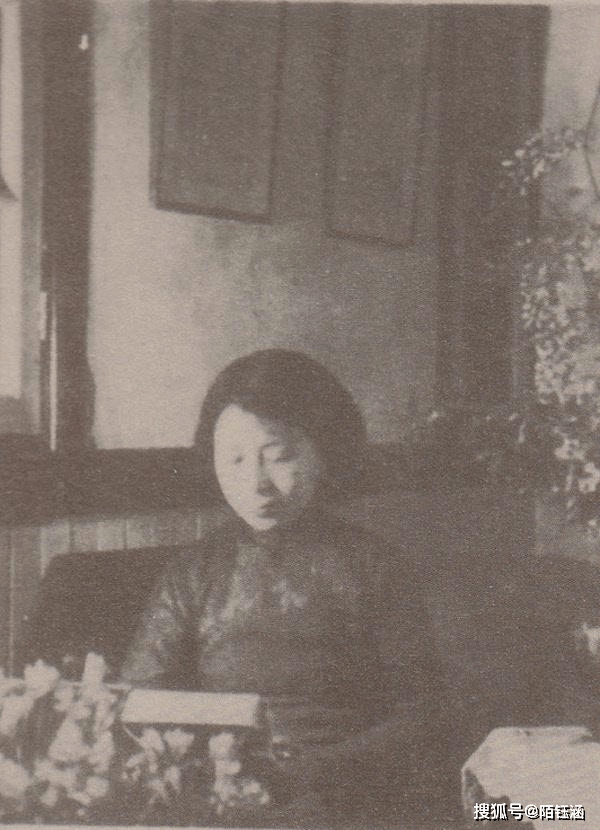
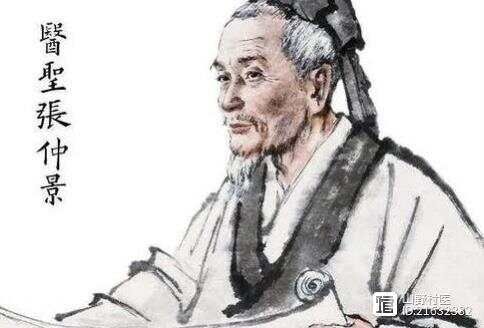

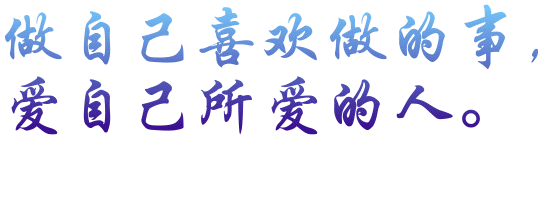






有话要说...